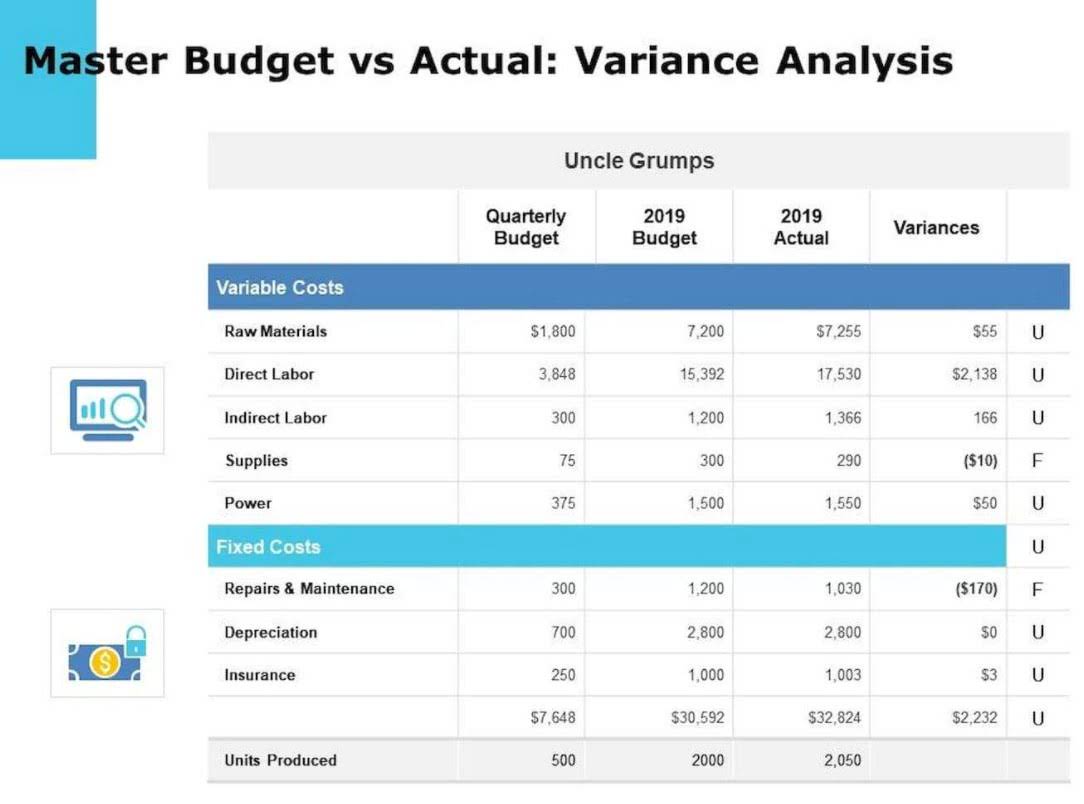
Unlike fixed assets like property or machinery, current assets are fluid. Without them, businesses would struggle to maintain cash flow or handle unexpected expenses. Current assets are expected to be liquidated within a year, while noncurrent assets provide Law Firm Accounts Receivable Management value over a longer period, typically more than one year. Noncurrent assets often include property, plant, equipment, and intangible assets.
- Of the many types of Current Assets accounts, three are Cash and Cash Equivalents, Marketable Securities, and Prepaid Expenses.
- Companies can rely on the sale of current assets if they quickly need cash, but they cannot with fixed assets.
- Stacy is a nationally recognized financial expert and the President and CEO of Francis Financial Inc., which she founded over 20 years ago.
- This could be a warning sign of financial distress or inefficiency in asset management.
- Regularly update your asset records and ensure all transactions are documented accurately.
- Equipment includes machinery used for operations and office equipment (e.g., fax machines, printers, copiers, and computers).
Current Assets: Definition, Types, How to Calculate & Examples
For example, accounts receivable can become worthless over time if customers and vendors are unwilling or unable to make their payments. Thus, the receivables account must be adjusted to reflect the amount of receivables that management expects to convert into cash in the current period. Although capital investments are typically used for long-term assets, some companies use them to finance working capital. Current asset capital investment decisions are short-term retained earnings funding decisions essential to a firm’s day-to-day operations. Current assets are essential to the ongoing operation of a company to ensure it covers recurring expenses.
- Because current assets are the most liquid type of asset, they are the first asset category listed on a company’s balance sheet.
- It’s important to strike a balance and manage current assets efficiently.
- It is the most liquid current asset, as it represents all of a company’s cash on hand, which can be used immediately or quickly converted into cash.
- Additionally, fixed assets often require significant investments to acquire them whereas some current assets may be acquired with minimal amounts of capital expenditure.
- Since this may vary per company, details about these other liquid assets are generally provided in the notes to financial statements.
- Monitoring total current assets helps businesses ensure that they maintain an adequate level of working capital.
Net working capital

Working capital is the difference between current assets and current liabilities. Current assets are considered short-term assets because they generally are convertible to cash within a firm’s fiscal year. They are the resources a company needs to run its day-to-day operations and pay its current expenses. Current assets are generally reported on the balance sheet at their current or market price. Inventory includes raw materials, items in production, and finished goods that a business holds to be sold shortly.
Our Services
Shaun Conrad is a Certified Public Accountant and CPA exam expert with a passion for teaching. After almost a decade of experience in public accounting, he created MyAccountingCourse.com to help people learn accounting & finance, pass the CPA exam, and start their career. There are many different assets that can be included in this category, but I will only discuss the most common ones. Capital investment is money invested in a company with the goal of advancing its commercial objectives. Charlene Rhinehart is a CPA , CFE, chair of an Illinois CPA Society committee, and has a degree in accounting and finance from DePaul University. These are payments made in advance, such as insurance premiums or rent.
Net Working Capital = Current Assets – Current Liabilities
This section is important for investors because it shows the company’s short-term liquidity. According to Apple’s balance sheet for fiscal year 2023, it had $143 million in the Current Assets account it could convert to cash within one year. This short-term liquidity is vital—if Apple were to experience issues paying its short-term obligations, it could liquidate these assets to help cover these debts. Lenders and investors often look at a company’s total current assets when evaluating its creditworthiness. If a company has a strong base of current assets, it is seen as more likely to be able to repay its short-term debt, making it an what are current assets attractive borrower or investment opportunity. Once you sum up these components, you get the total current assets for a company, which is a key figure for evaluating its short-term financial health.

Current assets can be found at the top of a company‘s balance sheet, and they’re listed in order of liquidity. Current assets are important components of your balance sheet and financial statements. Current assets are items that you expect to convert to cash within one year. Current assets are just one part of a company’s overall financial picture. To get a complete picture, you also need to look at things like liabilities and equity. Supplies are tricky because they’re only considered current assets until they’re used, at which point they become an expense.

Cash Equivalents

Although prepaid expenses are not technically liquid, they are listed under current assets because they free up capital for future use. Creditors and investors keep a close eye on the Current Assets account to assess whether a business is capable of paying its obligations. Many use a variety of liquidity ratios, representing a class of financial metrics used to determine a debtor’s ability to pay off current debt obligations without raising additional funds.
